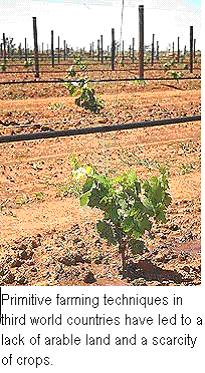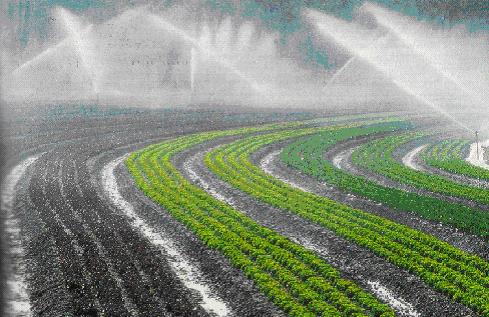We are currently at the beginning of a new era of agricultural technology. There is almost no task we encounter in our daily lives which is not somehow related to a computer or uses a microchip set. Computer technology has become an integral part of every aspect of our lives, the way we work being no exception. One industry which has yet to reap the benefits of the astronomical advancements in microchip technology is agriculture. However, just within the last few years we have seen the implementation of new age technology into the agricultural world. Autonomous, or self operating/intelligent, technology has slowly moved to the forefront of the agricultural world. Researchers at colleges and various institutions around the globe have been finding ways to implement autonomous technology into commonly used farm equipment. The days of laborers working in the fields and farmers riding tractors are now truly a thing of the past.
Today, less than 3 percent of the American population has anything to do with the agricultural industry. This amazing change has been made possible because of the incredible technology that is available to farmers and the like. John Deere, for example, has been at the forefront of modern agricultural technology. In fact, they have a device available that when provided with GPS coordinates will automatically harvest acres of a field, with an air-conditioned, DVD-fashioned operator seat. The sheer number of benefits of using autonomous robots in the agricultural industry is staggering. One benefit which will probably be the most pleasing to the farmers is the possibility of completely eliminating menial labor. Opposed to having laborers who only work several hours a day and are unreliable, farmers will be able to use robots who can work night and day. Not only will this drastically reduce costs for farmers, it will also alleviate their responsibilities of managing their employees. As well as not having to rely on unreliable, expensive labor, farmers will learn that agrobots are much more efficient and are of a higher quality. However, agrobots will not only work faster than humans, they can complete an awe inspiring number of tasks on the farm.
Furthermore, robots could not only be used simply for producing the food, but also for testing the field in which food is grown to ensure its health and ensure that the farm’s efficiency is maximized. A robot could be used to plant food according to a specific algorithm that might determine, say, the density at which plants should be planted. Moreover, it could measure how much water a particular plant is receiving in order to gain an insight as to the health of the plant. This could reduce the amount of plants that die or become inedible.
From reading pesticide levels to analyzing the quality of soil in plots, agrobots have the potential to perform almost any test or task. The unlimited potential of agrobots is slowly being tapped into.

The advancement in the field of agricultural technologies will greatly aid farmers and the agricultural industry for years to come, however these technologies can applied elsewhere. While the global community has gotten better in providing for impoverished countries, we have a long way to go. The application of new agricultural technologies may provide us an efficient way of feeding refugees and starving persons around the world.
The autonomous robots on farms can and will lead to a drastic improvement in farm productivity around the world. The overall raise in productivity will then ultimately lead a decrease in prices. Along with the availability of genetically engineered crops, new agricultural technologies will hopefully make crops affordable for third world countries. Even though most poor countries can not afford agrobots just yet, we can provide them with cheap food. This may not be a permanent solution for stopping world hunger, but it just may be a huge step in the right direction. Also, the potential of creating large surpluses can help make poor third world countries huge agricultural exporters and drastically change their economies. Hopefully a collaborative effort from the world’s powers along with the diligence of volunteers and the exponential advancements in agricultural technology can help stop world hunger. With technology advancing constantly, the door is open to an endless number of solutions to all of the world’s problems.
